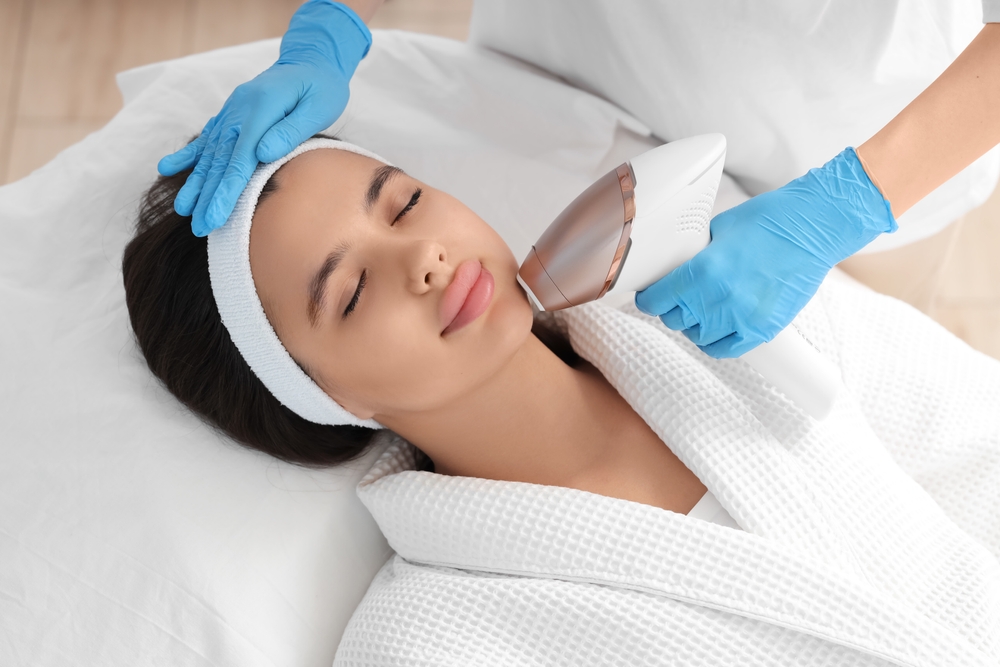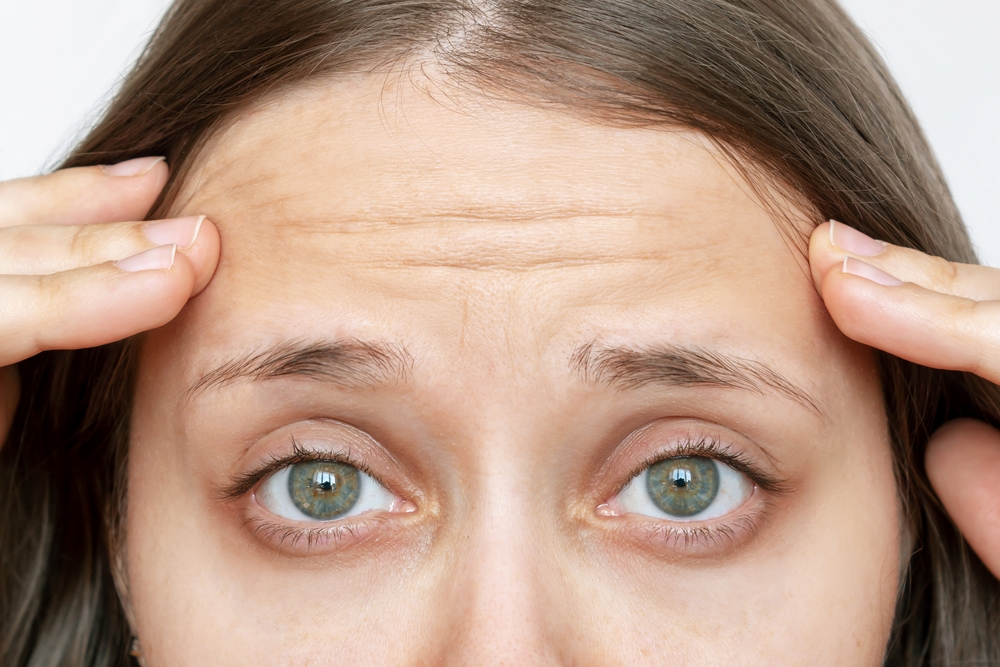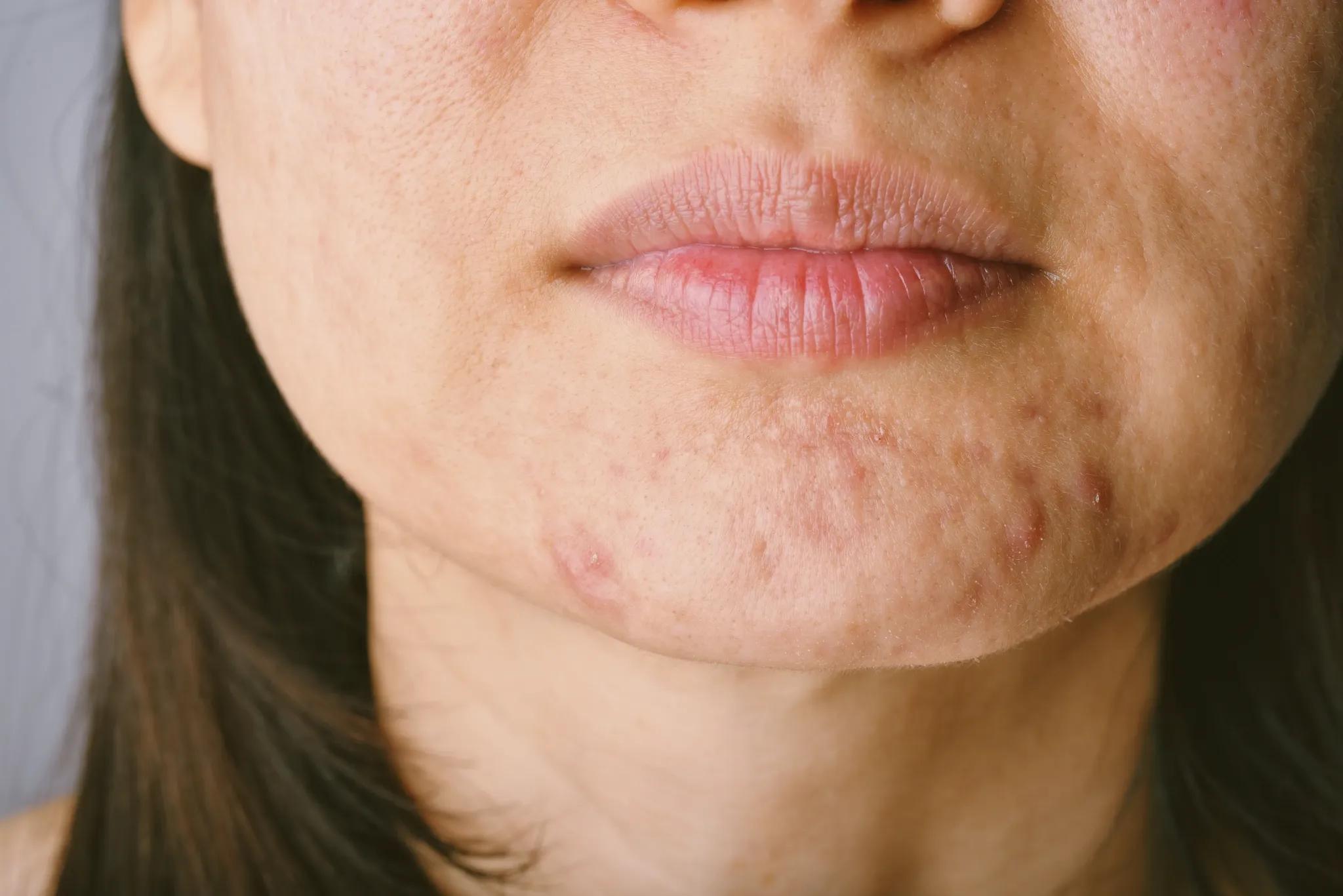
Everything You Need to Know About IPL Laser Treatment
In the evolving world of advanced skincare, IPL laser treatment has become one of the most sought-after solutions for those looking to improve skin clarity,
Our unique approach enables us to look beneath the surface of the skin and simulate your results prior to treatment. Learn more >
Results simulator now available. Learn more >

Struggling with sun spots on your face that won’t fade? You’re not alone. These stubborn brown spots result from years of sun exposure and can make your skin look uneven and aged. Whether it’s from outdoor activities, aging, or genetics, sun spots don’t disappear on their own. But here’s the good news—you can eliminate sun spots with the right treatments, from at-home remedies to professional skincare solutions.
Imagine clear, radiant skin free of pigmentation. With the right pigmentation treatment, you can restore your natural glow while preventing new sun spots from forming. Keep reading to discover how to eliminate sun spots, including the best treatments, natural remedies, and skincare tips to maintain an even skin tone.
Sun spots, also known as solar lentigines, are flat, brown, or dark patches that develop on the skin due to prolonged sun exposure. These marks are a common sign of UV damage and typically appear on areas frequently exposed to the sun, such as the face, hands, shoulders, and arms. Unlike freckles, sun spots do not fade on their own and often require targeted pigmentation treatment for removal.
Exposure to ultraviolet (UV) rays is the primary cause of sun spots. When your skin is exposed to the sun, it produces melanin—a natural pigment that protects against UV damage. However, excessive sun exposure leads to overproduction of melanin, causing sun spots on the skin to form.
Aside from UV exposure, age and genetics also play a role in the appearance of sun spots.
While sun spots, freckles, and melasma may look similar, they have distinct characteristics.
Sun Spots
Freckles
Melasma
Getting rid of sun spots on the skin requires a combination of natural remedies, skincare products, and professional treatments. Whether you prefer at-home solutions or advanced pigmentation treatments, here’s how to eliminate sun spots effectively.
Home remedies can help fade sun spots naturally over time. While results may take longer compared to professional treatments, they can be a cost-effective and gentle option for managing sun spots on the face and body.

Certain active ingredients in skincare products can accelerate the fading of sun spots on face:
Laser Therapy for Sun Spot Removal:
Chemical Peels and Microdermabrasion:
Pigmentation-Targeting Facials:
Most sun spots on the skin are harmless and caused by long-term sun exposure. However, in some cases, they may be mistaken for more serious pigmentation issues or early signs of skin cancer. Understanding when a sun spot is normal and when to seek medical advice is essential for maintaining healthy skin.
Abnormal sun spots may display:
If a sun spot on the face or body changes in size, shape, or texture, it should be checked by a professional.
Some pigmentation changes could be linked to actinic keratosis or melanoma, both of which require medical attention.
Key signs include:
While sunspots on skin can be treated, prevention is key. A consistent skincare routine, sun protection, and lifestyle adjustments can help reduce sun spots on face and prevent further pigmentation.
No matter your skin type, sunscreen is essential to eliminate sun spots and prevent future pigmentation.
Antioxidants neutralise UV damage and prevent pigmentation buildup.
Proper exfoliation helps remove dead skin cells and fades existing pigmentation. Effective options include:
Hydration is equally important:
A well-hydrated and exfoliated skin surface allows pigmentation treatment to work more effectively.
A healthy diet plays a significant role in pigmentation treatment and skin resilience.
By adopting protective skincare habits, proper sun protection, and a balanced diet, you can eliminate sun spots naturally and maintain radiant, healthy skin.
Choosing between natural remedies and professional treatments depends on the severity of sun spots on the skin. Mild cases may fade with at-home treatments, while stubborn pigmentation often requires medical procedures.
If you’re wondering, how do you remove sun spots, natural treatments can help:
Natural treatments take time but can be effective for minor pigmentation.
If sun spots on the skin don’t fade with at-home remedies, professional treatments can provide faster and more effective results. At Cosmetic Clinic, we offer advanced pigmentation treatments tailored to address deep pigmentation, uneven skin tone, and sun damage.
Yes, sunspots on the skin can be removed with skincare treatments and professional procedures. Options include natural remedies, vitamin C serums, chemical peels, laser therapy, and facials for sun damage.
The quickest way to eliminate sun spots is through laser treatments, chemical peels, and prescription skincare. High-strength vitamin C and retinol can also speed up fading, but daily SPF is essential to prevent new spots.
Yes, natural ingredients like lemon juice, aloe vera, and apple cider vinegar can help fade sunspots on skin gradually. Vitamin C and niacinamide also reduce pigmentation, but sun protection is key.
For mild spots, vitamin C and brightening serums work well. Laser therapy and chemical peels are best for deep sunspots. A combination of home and professional treatments gives optimal results.
If you’ve been wondering how to eliminate sun spots, the good news is that effective solutions exist. Whether you choose natural remedies, skincare treatments, or professional procedures, you can significantly reduce pigmentation and restore an even skin tone.
At-home treatments like vitamin C serums, exfoliation, and sunscreen help fade mild sun spots, while laser therapy, chemical peels, and pigmentation-targeting facials offer faster and longer-lasting results. The key is early intervention and consistency.
At Cosmetic Clinic, we specialise in advanced sun spot removal treatments tailored to your skin type. If you’re ready to achieve clear, radiant skin, book a consultation today and let our experts help you find the best treatment for your needs.

In the evolving world of advanced skincare, IPL laser treatment has become one of the most sought-after solutions for those looking to improve skin clarity,

Forehead wrinkles are among the first visible signs of ageing and often appear earlier than expected. These lines result from repeated facial expressions, environmental exposure,

Struggling with chin breakouts that just won’t disappear? You’re not alone. Acne in this area tends to be stubborn and persistent, often showing up as
"*" indicates required fields
Excellent, we are always excited to meet a new face or to welcome back a familiar one. Contact us in the way that best works for you!
© 2022 Bondi Junction Cosmetic Clinic. All rights reserved.
Enter your details and we will contact you within 24 hrs.
"*" indicates required fields